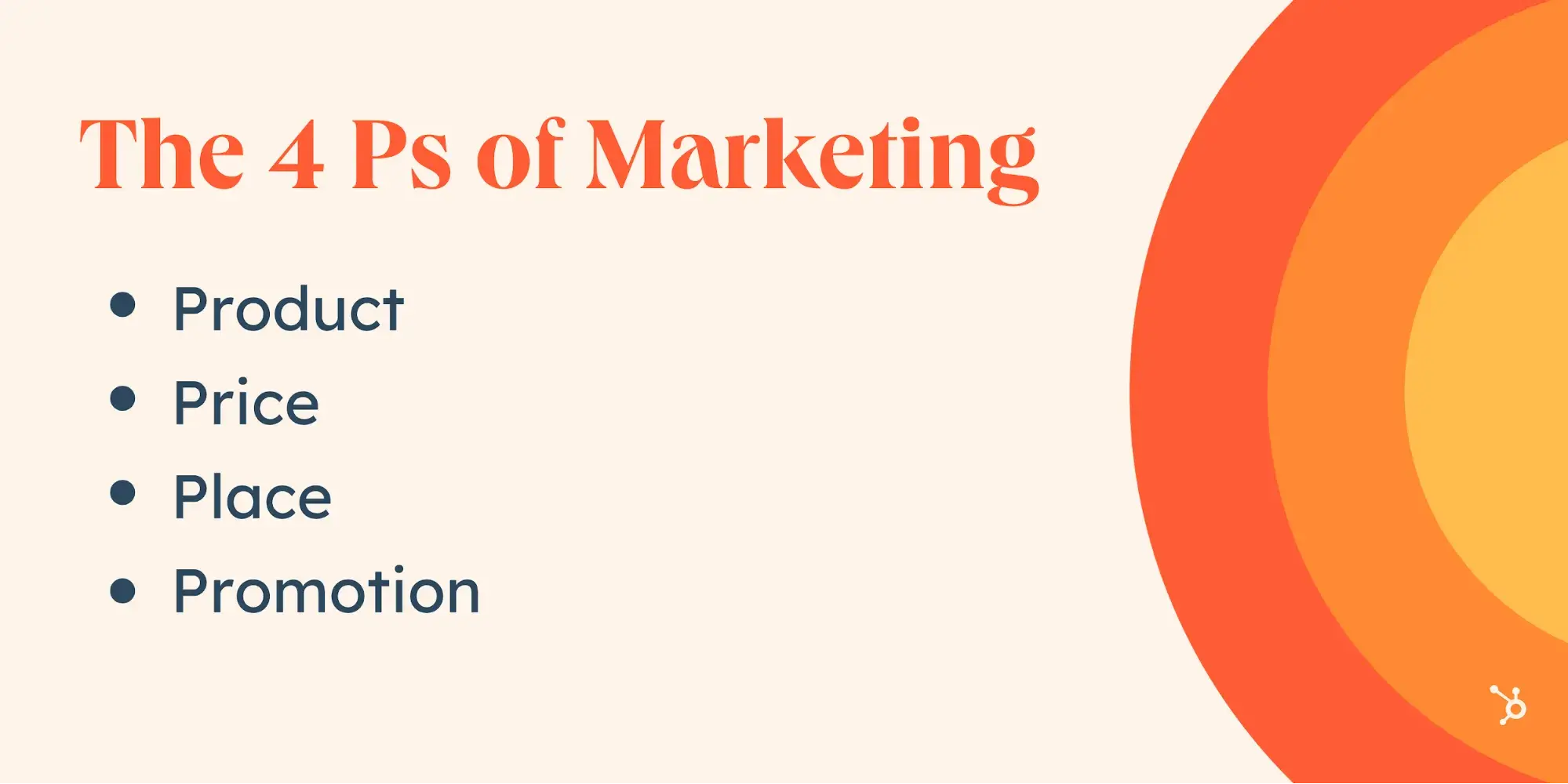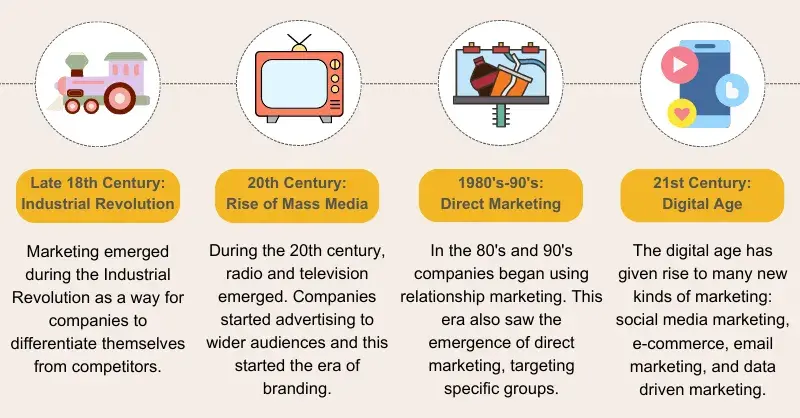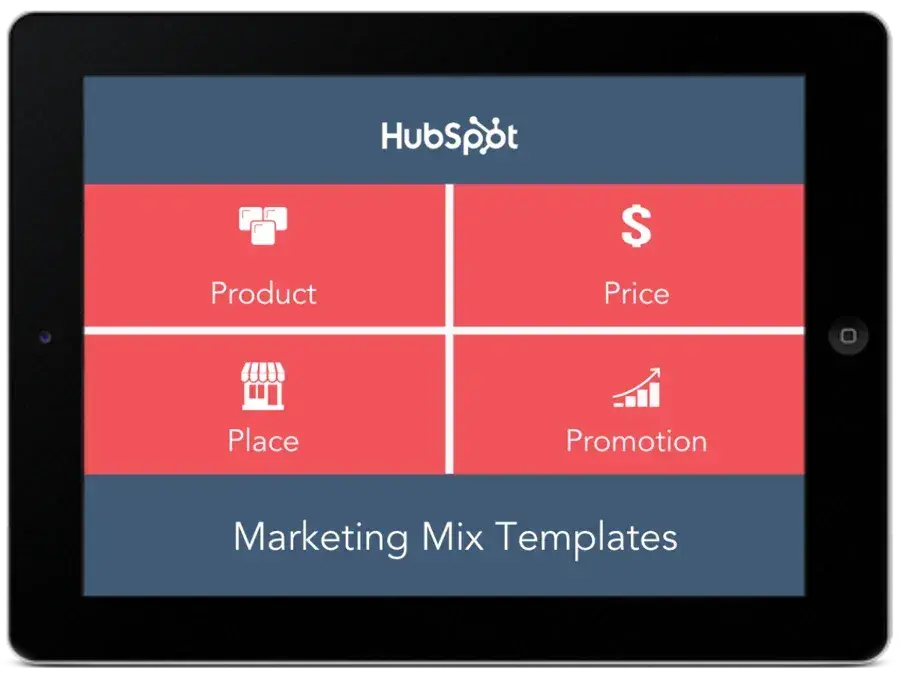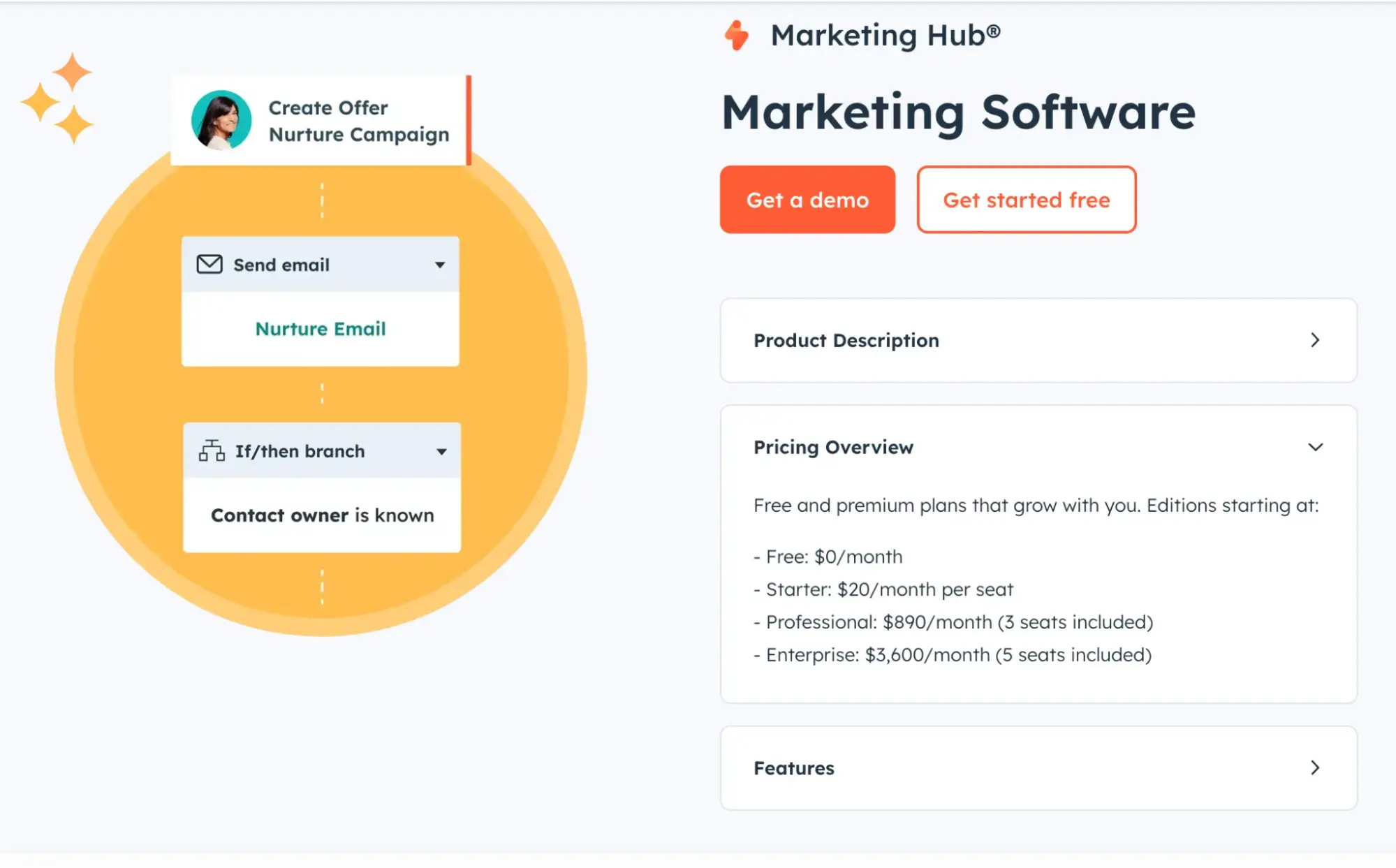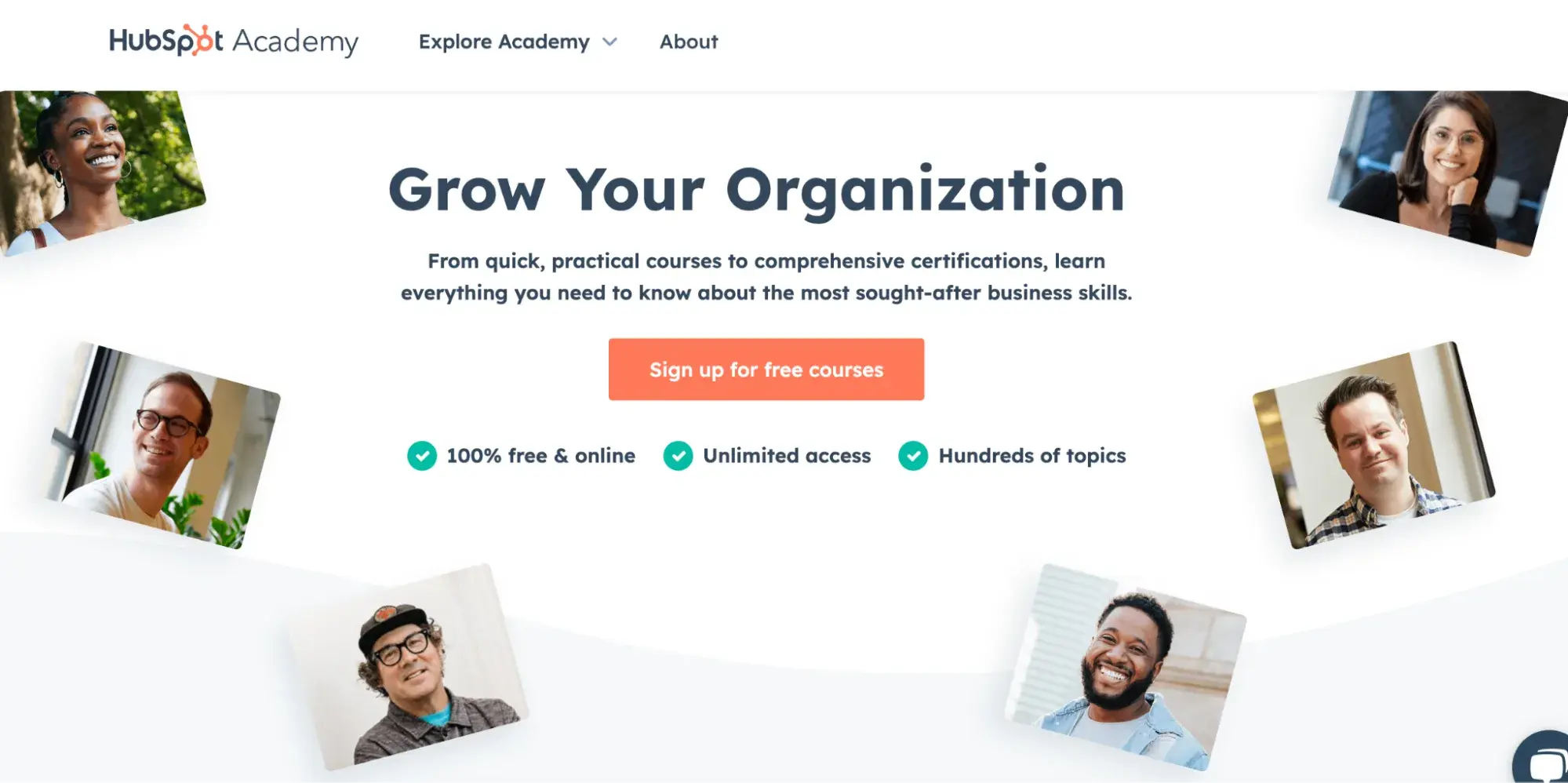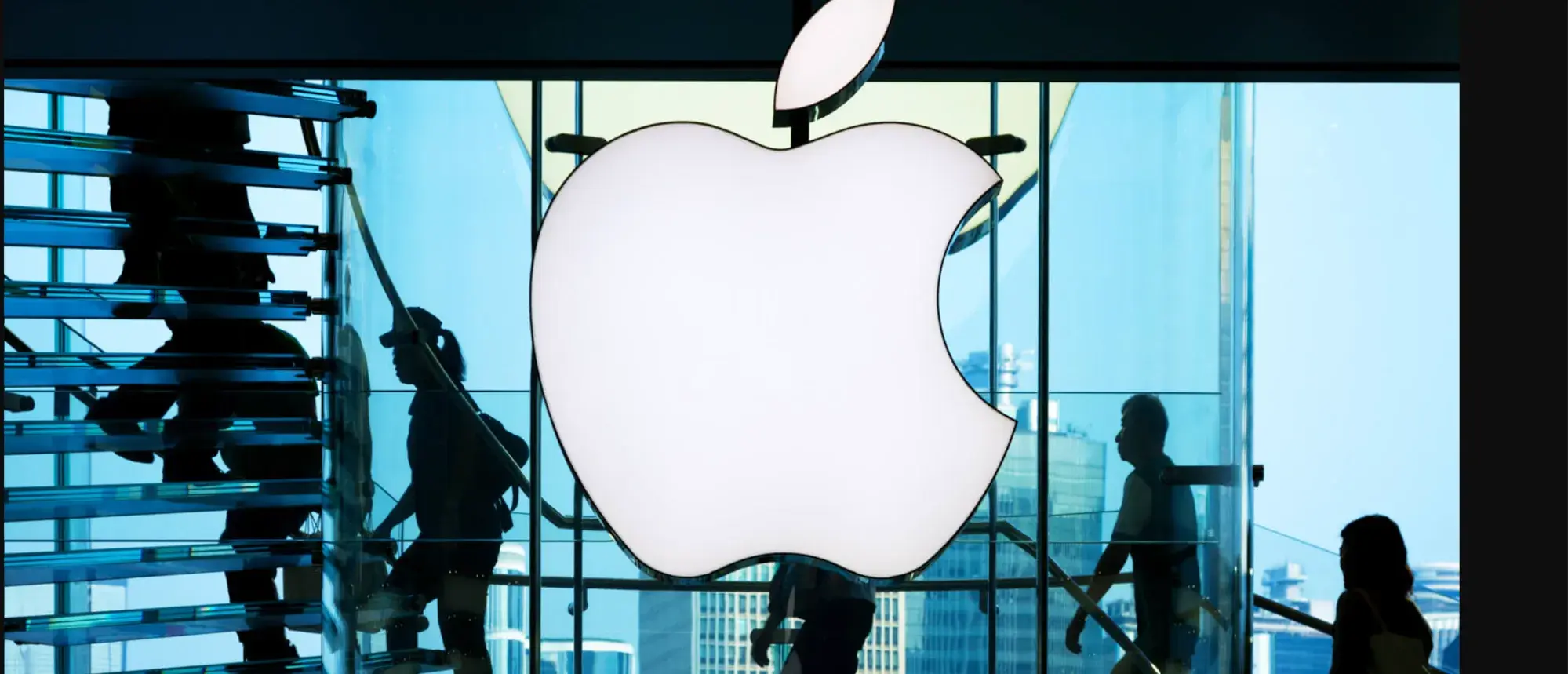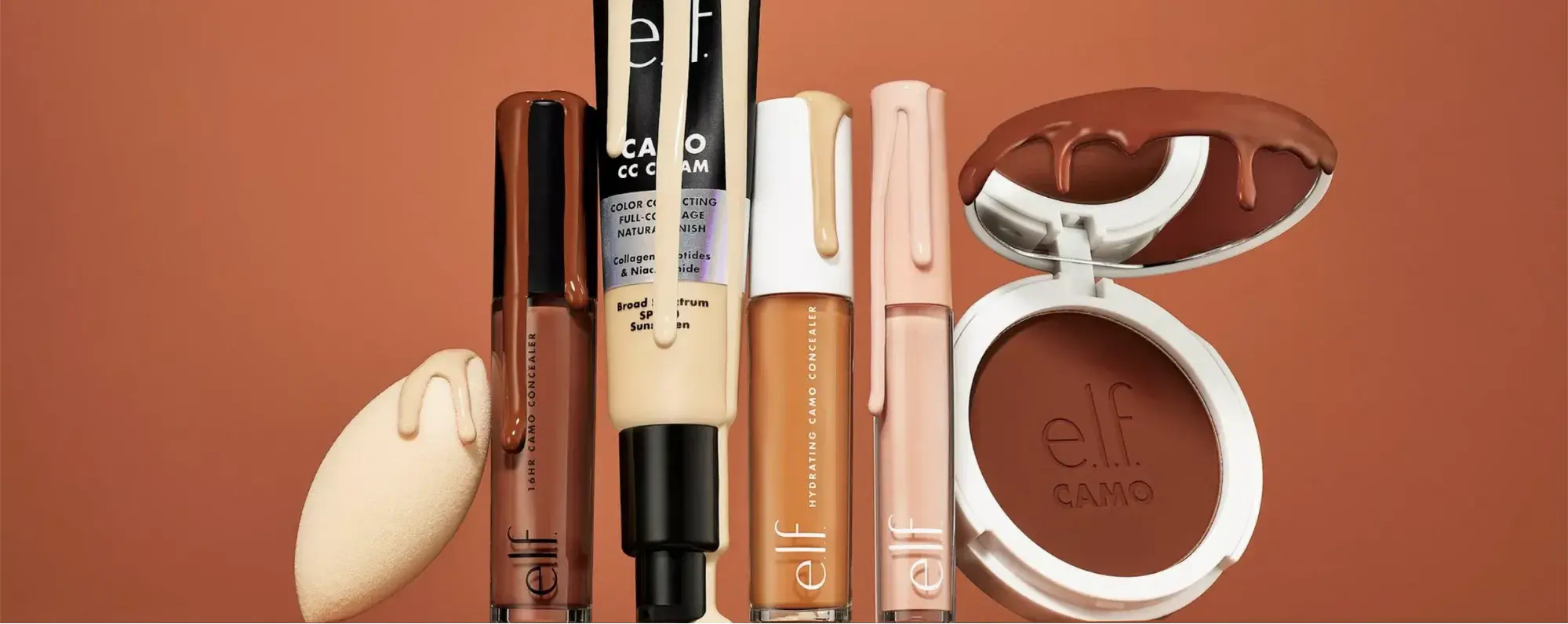If you’ve seen the award-winning HBO show “Succession,” you know how dramatic and challenging it can be to adequately succession plan for the next generation of business leaders. I’ve personally worked at companies that took succession planning seriously, and those that didn’t, and the difference was stark.
According to this 2023 report, “three years is the critical tipping point when valuable leaders consider whether they should look for their next opportunity internally or externally.”
I’ve felt this in my own professional experience. If there’s no plan for me to move up internally at a company after working for three years, I’m left feeling undervalued and looking for other opportunities.
Developing a succession plan can set your company up for smooth transitions when leaders resign or accept a promotion. A well-thought-out plan can significantly impact employee morale and position your team to skillfully handle future business challenges. Read further to learn the ins and outs of succession planning so you’re prepared for any transition.
Table of Contents
- What is succession planning?
- What is the importance of succession planning?
- Succession Planning Best Practices
- Business Succession Planning Example
- Succession Planning Steps
- CEO Succession Planning
- Employee Succession Planning
What is succession planning?
Succession planning is a strategic process for identifying high-potential employees and taking steps to prepare them for future leadership positions. It helps your business develop and retain the talent pipeline so you can quickly fill vacant leadership roles.
Some succession plans look ahead 12 to 36 months for when a leader retires, steps down, advances, or leaves. Others, including CEO succession plans, look years into the future to secure the next several generations of leaders.
We'll cover the specifics of C-suite transitions later on. However, all succession planning has similar benefits, such as thinking ahead and identifying what you want in a successor.
What is the importance of succession planning?
The Global Leadership Forecast 2023 reports that 59% of CEOs prioritize “attracting and retaining top talent,” and 50% also prioritize “developing the next generation of leaders.”
It’s important to remember that baby boomers are hitting retirement age in 2025 in numbers never before seen. Succession planning has never been a more critical strategy for CEOs and businesses to implement to bridge the gap between new hires and retirees.
The benefits of strong leadership are apparent. It improves employee turnover, ensures the execution of goals, and contributes to the company‘s survival. So, if a crucial leader leaves, a succession plan can help ensure the role is filled, and your company continues to thrive. But that’s not the only upside.
Benefits Of Business Succession Planning
- Finding and developing people for future leadership roles allows you to promote from within. These employees have organizational knowledge and internal relationships that outside hires lack.
- Letting employees know that you're investing in them is a huge morale boost. It can also increase motivation and loyalty to the company.
- Training employees for leadership roles forces you to identify the skills, knowledge, practices, and relationships needed for each role in your succession plan. This can attract new talent, retain current employees, and keep you competitive.
- Hiring for highly specialized roles isn't easy. Succession planning helps you find people with unique competencies when it comes time to replace the current employees.
Currently, leaders looking to develop skills outside of their daily work want more coaching and development assignments in addition to assessment and formal training. Succession planning is the perfect way to formalize training for both present and future leaders.
Succession Planning Best Practices
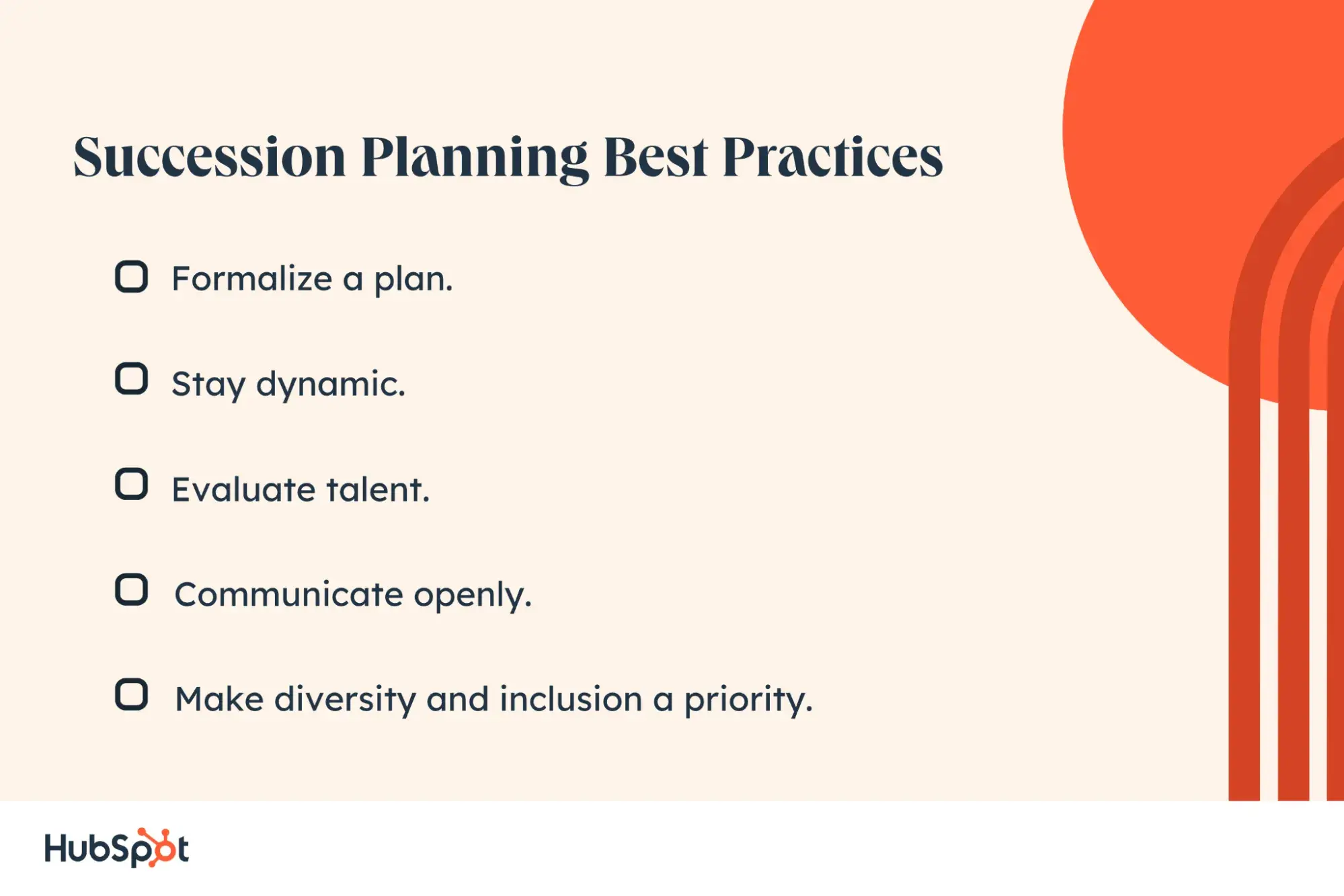
Succession planning isn't simple. But if you consider these best practices when choosing successors, your company will be well-equipped to manage transitions and unexpected changes.
Formalize a plan.
The earlier you set a succession plan, the better. You don't want to risk a leadership vacuum that leaves teams feeling unsupported. That can quickly lead to an entire team or department leaving, especially if the leader is particularly strong and has a close relationship with their direct reports.
Once you have a succession plan, write it down. Then, make it clear there's a plan in place for when the inevitable transitions happen.
Pro tip: Fill out this free succession planning template to evaluate your organization’s leadership strategy.
Stay dynamic.
Volatility is common at every company. People move cities, find new jobs, and retire. Your succession plan should be able to adapt to change. Instead of creating a plan and only revisiting it when the time comes to fill a role, see the plan as an evolving process that needs to be constantly updated.
Pro tip: Remember that checking in frequently with employees, understanding their passion, helping them reach goals, and more are important for retaining top talent. Ambitious employees won’t stay at a workplace that doesn’t have a plan in place for them.
Evaluate talent.
Part of a fluid succession plan is taking the time to assess employees' interests, skills, performance, and opportunities. This can be done through 360-degree feedback, weekly check-ins with managers, informal training, or tools like the nine-box grid.
The goal is to get an idea of people's strengths and weaknesses, career goals, and growth opportunities so you know who may be the right fit for leadership roles.
Pro tip: Read the free guide “How To Be a Leader” and see which of your employees contains the potential for leadership. Encourage candidates to also read the guide, so they can self reflect on their own goals and aspirations.
Communicate openly.
Communication builds trust, which makes it easier to set expectations and ensure everyone is on the same page. As you build a succession plan, have honest conversations with employees.
Find out where people want to be, and tell them where they're currently at. The whole point is to make your plan a reality, and successors will appreciate your openness when the time comes to offer them a role.
Pro tip: Ask your candidate what sort of timeline they would like to see for their job role. You might be surprised that some candidates want more time to train while others feel confident in moving up quickly.
Make diversity and inclusion a priority.
Companies with women in leadership roles experience almost 50% higher profit and share performance. In fact, 78% of executives expect their hiring managers to do more for DEI in the next year, making DEI a top priority.
Prioritizing DEI matters during succession planning because it addresses internal biases that hiring managers may have. For example, perhaps a certain role has always been filled by one gender, which may influence a manager’s opinions on who should succeed. By evaluating your own biases and committing to DEI, you can find the best candidate.
Pro tip: Remember, diverse teams will collaborate better, improve your company’s culture, and foster a safe work environment for everyone.
Business Succession Planning Example
When asked, a whopping 61% of organizations said they didn't have a direct report who could step into their CMO role tomorrow. That's a bad sign for C-suite succession plans. Without a strategy to replace leaders, a company can quickly go downhill.
So, what does succession planning look like when done right?
When researching this piece, Apple was mentioned time and time again as a succession planning role model. To explain, we have to go back in time. After iconic founder Steve Jobs left the role in 2011 to focus on cancer treatment, Tim Cook — the COO at the time — took the position. Since then, the company has grown to a $3.4 trillion market cap.
So what made Tim Cook’s tenure so successful? Well, Cook and Jobs formed a close relationship, working together for over 12 years. But beyond that, the company has Apple University, an executive education system designed to help leaders think like Jobs. This program helps keep the spirit of innovation at the company alive for those who may lead it down the line.
Let’s fast forward to 2024. The company has many executives at roughly the same age who may have retirement on the horizon. Publications like Bloomberg, are able to speculate who might take the reigns because several leaders have taken more public facing roles for the company.
The takeaways:
- Forge strong relationships between leaders and potential successors so forthcoming executives can learn the ropes.
- Find a way to train or coach executives, investing in future talent.
- Put potential future leaders in public-facing roles so transitions will seem smooth to your customers.
Succession Planning Steps
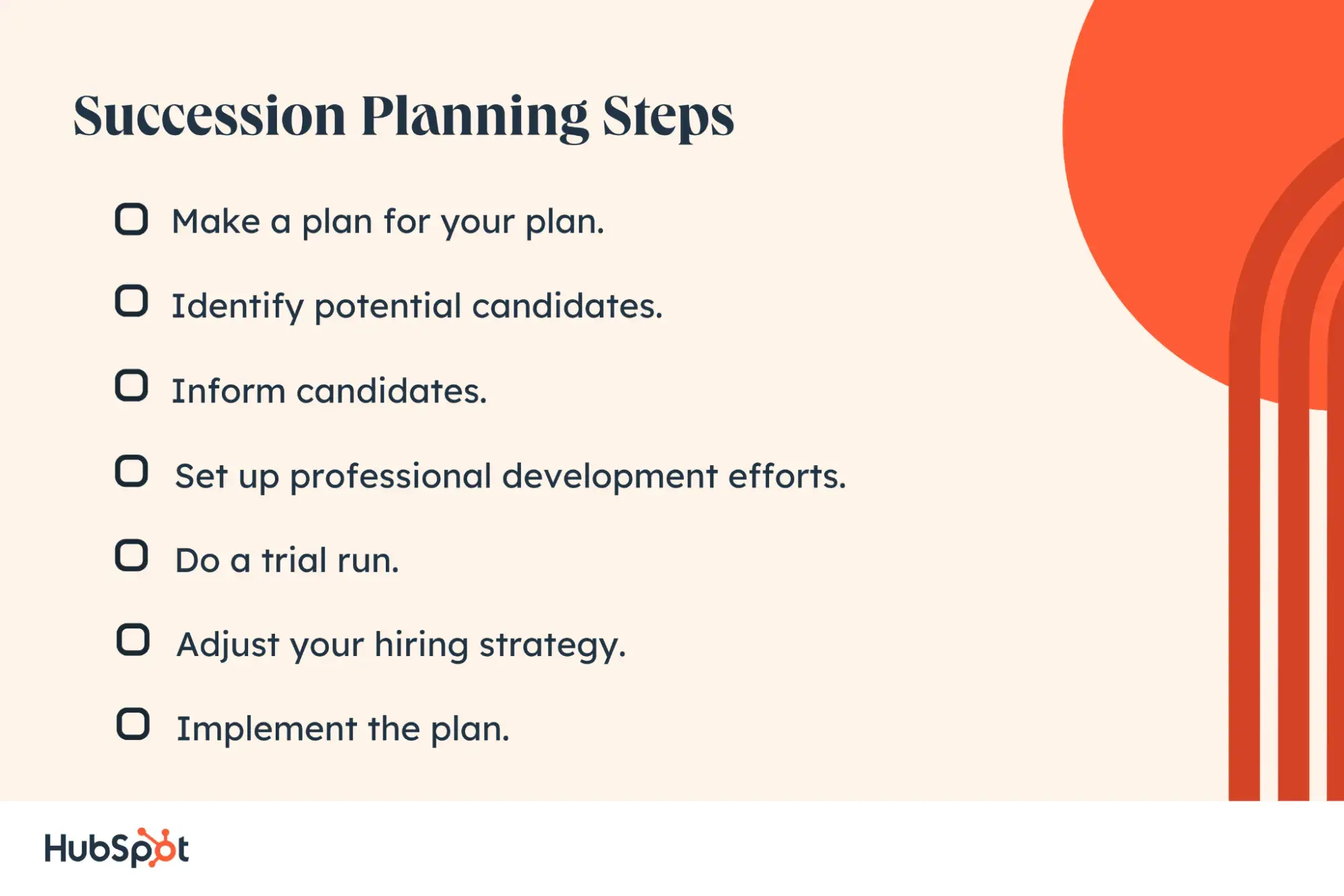
1. Make a plan for your plan.
This step is all about defining the goals of your succession plan and aligning with everyone involved. For some companies, this will mean meeting with your board to outline strategic priorities. For others, it will require meeting with senior leaders to define what you're looking for in a successor.
You'll be ready to move on to the next step once you:
- Define the roles, skills, core competencies, and experience required for a successor.
- Gather information and feedback on the above from your team or experts within your network.
- Forecast your company's needs. Consider turnover trends, retirement dates, compensation strategies, and management training.
- Update your job descriptions and any leadership models to reflect the information you've gathered. You want to be clear about your expectations before looking for candidates.
Pro tip: Use HubSpot’s Free Succession Plan Template to get started.
2. Identify potential candidates.
Using the succession profiles and job descriptions you‘ve created, you’re ready to seek out candidates. Make sure your approach is easy to repeat and introduces as little bias as possible. It can be helpful to get support from the HR team, who can share the tools needed to engage candidates and help facilitate the process.
To identify candidates, you can:
- Look for leaders who develop others, follow through on projects, take action to support the company vision, and have strong leadership skills.
- Get insight into each candidate's goals, disposition, and potential by holding interviews, creating surveys, and setting up focus groups.
- Ask people for ideas on how to improve succession and leadership to get buy-in and discover who's engaged with the process.
Pro tip: Ask potential candidates to attend a specific leadership training or to complete a course. This can both better prepare them for succession and weed out those who aren’t going to take the responsibility seriously.
3. Inform candidates.
There‘s a great debate on whether or not companies should let employees know they’re succession candidates. However, informing people of their potential will not only motivate them but also prevent them from wondering about their future with the company. A great candidate may jump ship if they're in the dark and think they can find a better opportunity elsewhere.
Instead, communicate your intentions about the positions, people, and planning. Just keep your expectations incredibly clear regarding the roles and people involved.
Pro tip: If you’re not sure of a specific timeline for a candidate's succession, make sure they know that there isn’t a set date and that you will check in frequently to assess their progress. Notify them immediately when you do have a timeline. Candidates who are given vague expectations and timelines can become frustrated and even disillusioned with the potential succession plan.
4. Set up professional development efforts.
Your company likely has programs in place for onboarding and training employees. However, development is about creating opportunities for people to gain experience beyond their current role and skill set. This is especially important for team members who can get caught in a specialist silo.
Once you identify candidates who you want to develop, you‘ll want to figure out the specific skills and knowledge they’ll need to move to the next level. This often involves a succession plan template, continuous feedback, mentoring or coaching, formal training, and open conversations between the employee and their manager.
Pro tip: Mentoring a candidate isn’t as simple as checking in on a weekly basis. Discover the different types of mentorship and how to better coach your candidate in this blog.
5. Do a trial run.
As potential successors accelerate their growth, they'll become true contenders for leadership roles. This is the ideal time to start trial runs to test their knowledge and expose them to various aspects of a position. Exposing candidates to real-world situations can highlight what effective leadership looks like and give them insight into overall company goals.
There are a variety of ways to get candidates involved; just choose the method that makes the most sense for the role:
- Job shadow a senior leader to learn about their day-to-day tasks.
- Take on responsibilities when their manager is away.
- Invite them to sit in on higher-level meetings.
- Bring them into discussions on strategy, execution, or company forecasting.
- Involve them in the hiring process for junior candidates.
- Give them more responsibility on projects or involve them in cross-functional work.
Pro tip: A key part of succession planning is making sure your candidate is adequately trained and prepared. Add key requirements and goalposts to your succession plan template so you can keep track of candidate readiness.
6. Adjust your hiring strategy.
Eventually, the time will come when you extend an offer to a potential candidate. And you'll need someone else to fill their role. Luckily, the successor can use their new leadership skills to help interview or train the person filling their position. This can be an employee a few levels down or a new hire.
That‘s why it’s important to adjust your hiring strategy to account for the successor‘s roles. Without them, your plan won’t go as smoothly, and their team will likely be scrambling to fill the gap.
Pro tip: Onboarding candidates to their new role isn’t accomplished day one. Check out this blog on how to effectively onboard employees from their first day to their first year.
7. Implement the plan.
Succession planning is a complex process with multiple short- and long-term layers. But eventually, it will be time to make the transition. Make an announcement and celebrate the succession. This will show employees that your company prides itself on strong leadership and has a plan for everyone's career development.
Sometimes, a more gradual transition is needed. Family businesses often struggle with smooth succession planning because of familial relationships, emotions, and intertwined histories. In this case, a clear succession plan based on business needs is exceptionally crucial to ensure the company's continued success.
Pro tip: Establish clear expectations by writing specific goals that will detail whether succession planning has been a success. Let your successor know the exact metrics you’d like them to reach during their first year and what their success will look like.
CEO Succession Planning
DDI reports that “Today, only 40% of leaders report that their company has high-quality leaders. This represents a significant drop from two years ago.”
That's a low score for such a high-stakes business priority — especially considering the majority of CEO successors are internal hires.
Harvard Business Review (HBR) states that “of all the decisions that a company’s board of directors makes, choosing the next CEO is arguably the most crucial." Replacing a CEO needs to involve a long-term, well-devised plan that's linked to both short and long-term company priorities.
CEO succession planning can follow similar steps to employee succession planning, but there are specific considerations for this top-level role. HBR outlines the following tips for developing a CEO successor:
- A candidate's competencies, personal attributes, and experiences need to be connected to business priorities. A charismatic senior leader may seem like the top pick, but a company may need a successor with expert-level technical skills in addition to social skills.
- Think several generations ahead instead of focusing on the immediate successor. Succession is a long game, so you want to position it as a continuous process to develop top talent.
- Identify seven potential CEOs in your company across all generations. This can take the stress off of each CEO transition and help keep your talent pipeline top-notch.
- Train CEO candidates through a combination of on-the-job experience, executive coaching, education, mentoring, and cross-functional training.
Developing talent to take on the CEO role will require time and effort from high-level stakeholders. But it's absolutely worthwhile to prevent the vacuum this leadership role can leave if succession is poorly managed.
If a board is involved in the process, HBR recommends using board meetings to combine strategy sessions with talent development. That way, stakeholders can make sure strategy changes reflect the skills needed for potential successors.
Employee Succession Planning
Succession planning extends to employees in all roles across a company. Viewing it this way, rather than saving succession plans for senior leaders, helps you identify high-potential employees at all levels. You can then take steps to develop them into leaders who are able to take on additional responsibilities when a role opens up.
When looking for successors, keep an eye out for employees who are interested in learning new skills, are comfortable with change, can adapt to uncertainty and new leadership, and can manage various work environments. All potential successors should be motivated and engaged in the process because they have a chance to grow their knowledge and take on more challenging, rewarding roles.
When you see a path for an employee‘s growth, they’ll see it too. So the next time a key leader steps down or a new director position is created, you'll know just the right people to recruit for the role.
Editor's note: This post was originally published in September 2021 and has been updated for comprehensiveness.
from Marketing https://blog.hubspot.com/marketing/succession-planning
If you’ve seen the award-winning HBO show “Succession,” you know how dramatic and challenging it can be to adequately succession plan for the next generation of business leaders. I’ve personally worked at companies that took succession planning seriously, and those that didn’t, and the difference was stark.
According to this 2023 report, “three years is the critical tipping point when valuable leaders consider whether they should look for their next opportunity internally or externally.”
I’ve felt this in my own professional experience. If there’s no plan for me to move up internally at a company after working for three years, I’m left feeling undervalued and looking for other opportunities.
Developing a succession plan can set your company up for smooth transitions when leaders resign or accept a promotion. A well-thought-out plan can significantly impact employee morale and position your team to skillfully handle future business challenges. Read further to learn the ins and outs of succession planning so you’re prepared for any transition.
Table of Contents
- What is succession planning?
- What is the importance of succession planning?
- Succession Planning Best Practices
- Business Succession Planning Example
- Succession Planning Steps
- CEO Succession Planning
- Employee Succession Planning
What is succession planning?
Succession planning is a strategic process for identifying high-potential employees and taking steps to prepare them for future leadership positions. It helps your business develop and retain the talent pipeline so you can quickly fill vacant leadership roles.
Some succession plans look ahead 12 to 36 months for when a leader retires, steps down, advances, or leaves. Others, including CEO succession plans, look years into the future to secure the next several generations of leaders.
We'll cover the specifics of C-suite transitions later on. However, all succession planning has similar benefits, such as thinking ahead and identifying what you want in a successor.
What is the importance of succession planning?
The Global Leadership Forecast 2023 reports that 59% of CEOs prioritize “attracting and retaining top talent,” and 50% also prioritize “developing the next generation of leaders.”
It’s important to remember that baby boomers are hitting retirement age in 2025 in numbers never before seen. Succession planning has never been a more critical strategy for CEOs and businesses to implement to bridge the gap between new hires and retirees.
The benefits of strong leadership are apparent. It improves employee turnover, ensures the execution of goals, and contributes to the company‘s survival. So, if a crucial leader leaves, a succession plan can help ensure the role is filled, and your company continues to thrive. But that’s not the only upside.
Benefits Of Business Succession Planning
- Finding and developing people for future leadership roles allows you to promote from within. These employees have organizational knowledge and internal relationships that outside hires lack.
- Letting employees know that you're investing in them is a huge morale boost. It can also increase motivation and loyalty to the company.
- Training employees for leadership roles forces you to identify the skills, knowledge, practices, and relationships needed for each role in your succession plan. This can attract new talent, retain current employees, and keep you competitive.
- Hiring for highly specialized roles isn't easy. Succession planning helps you find people with unique competencies when it comes time to replace the current employees.
Currently, leaders looking to develop skills outside of their daily work want more coaching and development assignments in addition to assessment and formal training. Succession planning is the perfect way to formalize training for both present and future leaders.
Succession Planning Best Practices

Succession planning isn't simple. But if you consider these best practices when choosing successors, your company will be well-equipped to manage transitions and unexpected changes.
Formalize a plan.
The earlier you set a succession plan, the better. You don't want to risk a leadership vacuum that leaves teams feeling unsupported. That can quickly lead to an entire team or department leaving, especially if the leader is particularly strong and has a close relationship with their direct reports.
Once you have a succession plan, write it down. Then, make it clear there's a plan in place for when the inevitable transitions happen.
Pro tip: Fill out this free succession planning template to evaluate your organization’s leadership strategy.
Stay dynamic.
Volatility is common at every company. People move cities, find new jobs, and retire. Your succession plan should be able to adapt to change. Instead of creating a plan and only revisiting it when the time comes to fill a role, see the plan as an evolving process that needs to be constantly updated.
Pro tip: Remember that checking in frequently with employees, understanding their passion, helping them reach goals, and more are important for retaining top talent. Ambitious employees won’t stay at a workplace that doesn’t have a plan in place for them.
Evaluate talent.
Part of a fluid succession plan is taking the time to assess employees' interests, skills, performance, and opportunities. This can be done through 360-degree feedback, weekly check-ins with managers, informal training, or tools like the nine-box grid.
The goal is to get an idea of people's strengths and weaknesses, career goals, and growth opportunities so you know who may be the right fit for leadership roles.
Pro tip: Read the free guide “How To Be a Leader” and see which of your employees contains the potential for leadership. Encourage candidates to also read the guide, so they can self reflect on their own goals and aspirations.
Communicate openly.
Communication builds trust, which makes it easier to set expectations and ensure everyone is on the same page. As you build a succession plan, have honest conversations with employees.
Find out where people want to be, and tell them where they're currently at. The whole point is to make your plan a reality, and successors will appreciate your openness when the time comes to offer them a role.
Pro tip: Ask your candidate what sort of timeline they would like to see for their job role. You might be surprised that some candidates want more time to train while others feel confident in moving up quickly.
Make diversity and inclusion a priority.
Companies with women in leadership roles experience almost 50% higher profit and share performance. In fact, 78% of executives expect their hiring managers to do more for DEI in the next year, making DEI a top priority.
Prioritizing DEI matters during succession planning because it addresses internal biases that hiring managers may have. For example, perhaps a certain role has always been filled by one gender, which may influence a manager’s opinions on who should succeed. By evaluating your own biases and committing to DEI, you can find the best candidate.
Pro tip: Remember, diverse teams will collaborate better, improve your company’s culture, and foster a safe work environment for everyone.
Business Succession Planning Example
When asked, a whopping 61% of organizations said they didn't have a direct report who could step into their CMO role tomorrow. That's a bad sign for C-suite succession plans. Without a strategy to replace leaders, a company can quickly go downhill.
So, what does succession planning look like when done right?
When researching this piece, Apple was mentioned time and time again as a succession planning role model. To explain, we have to go back in time. After iconic founder Steve Jobs left the role in 2011 to focus on cancer treatment, Tim Cook — the COO at the time — took the position. Since then, the company has grown to a $3.4 trillion market cap.
So what made Tim Cook’s tenure so successful? Well, Cook and Jobs formed a close relationship, working together for over 12 years. But beyond that, the company has Apple University, an executive education system designed to help leaders think like Jobs. This program helps keep the spirit of innovation at the company alive for those who may lead it down the line.
Let’s fast forward to 2024. The company has many executives at roughly the same age who may have retirement on the horizon. Publications like Bloomberg, are able to speculate who might take the reigns because several leaders have taken more public facing roles for the company.
The takeaways:
- Forge strong relationships between leaders and potential successors so forthcoming executives can learn the ropes.
- Find a way to train or coach executives, investing in future talent.
- Put potential future leaders in public-facing roles so transitions will seem smooth to your customers.
Succession Planning Steps

1. Make a plan for your plan.
This step is all about defining the goals of your succession plan and aligning with everyone involved. For some companies, this will mean meeting with your board to outline strategic priorities. For others, it will require meeting with senior leaders to define what you're looking for in a successor.
You'll be ready to move on to the next step once you:
- Define the roles, skills, core competencies, and experience required for a successor.
- Gather information and feedback on the above from your team or experts within your network.
- Forecast your company's needs. Consider turnover trends, retirement dates, compensation strategies, and management training.
- Update your job descriptions and any leadership models to reflect the information you've gathered. You want to be clear about your expectations before looking for candidates.
Pro tip: Use HubSpot’s Free Succession Plan Template to get started.
2. Identify potential candidates.
Using the succession profiles and job descriptions you‘ve created, you’re ready to seek out candidates. Make sure your approach is easy to repeat and introduces as little bias as possible. It can be helpful to get support from the HR team, who can share the tools needed to engage candidates and help facilitate the process.
To identify candidates, you can:
- Look for leaders who develop others, follow through on projects, take action to support the company vision, and have strong leadership skills.
- Get insight into each candidate's goals, disposition, and potential by holding interviews, creating surveys, and setting up focus groups.
- Ask people for ideas on how to improve succession and leadership to get buy-in and discover who's engaged with the process.
Pro tip: Ask potential candidates to attend a specific leadership training or to complete a course. This can both better prepare them for succession and weed out those who aren’t going to take the responsibility seriously.
3. Inform candidates.
There‘s a great debate on whether or not companies should let employees know they’re succession candidates. However, informing people of their potential will not only motivate them but also prevent them from wondering about their future with the company. A great candidate may jump ship if they're in the dark and think they can find a better opportunity elsewhere.
Instead, communicate your intentions about the positions, people, and planning. Just keep your expectations incredibly clear regarding the roles and people involved.
Pro tip: If you’re not sure of a specific timeline for a candidate's succession, make sure they know that there isn’t a set date and that you will check in frequently to assess their progress. Notify them immediately when you do have a timeline. Candidates who are given vague expectations and timelines can become frustrated and even disillusioned with the potential succession plan.
4. Set up professional development efforts.
Your company likely has programs in place for onboarding and training employees. However, development is about creating opportunities for people to gain experience beyond their current role and skill set. This is especially important for team members who can get caught in a specialist silo.
Once you identify candidates who you want to develop, you‘ll want to figure out the specific skills and knowledge they’ll need to move to the next level. This often involves a succession plan template, continuous feedback, mentoring or coaching, formal training, and open conversations between the employee and their manager.
Pro tip: Mentoring a candidate isn’t as simple as checking in on a weekly basis. Discover the different types of mentorship and how to better coach your candidate in this blog.
5. Do a trial run.
As potential successors accelerate their growth, they'll become true contenders for leadership roles. This is the ideal time to start trial runs to test their knowledge and expose them to various aspects of a position. Exposing candidates to real-world situations can highlight what effective leadership looks like and give them insight into overall company goals.
There are a variety of ways to get candidates involved; just choose the method that makes the most sense for the role:
- Job shadow a senior leader to learn about their day-to-day tasks.
- Take on responsibilities when their manager is away.
- Invite them to sit in on higher-level meetings.
- Bring them into discussions on strategy, execution, or company forecasting.
- Involve them in the hiring process for junior candidates.
- Give them more responsibility on projects or involve them in cross-functional work.
Pro tip: A key part of succession planning is making sure your candidate is adequately trained and prepared. Add key requirements and goalposts to your succession plan template so you can keep track of candidate readiness.
6. Adjust your hiring strategy.
Eventually, the time will come when you extend an offer to a potential candidate. And you'll need someone else to fill their role. Luckily, the successor can use their new leadership skills to help interview or train the person filling their position. This can be an employee a few levels down or a new hire.
That‘s why it’s important to adjust your hiring strategy to account for the successor‘s roles. Without them, your plan won’t go as smoothly, and their team will likely be scrambling to fill the gap.
Pro tip: Onboarding candidates to their new role isn’t accomplished day one. Check out this blog on how to effectively onboard employees from their first day to their first year.
7. Implement the plan.
Succession planning is a complex process with multiple short- and long-term layers. But eventually, it will be time to make the transition. Make an announcement and celebrate the succession. This will show employees that your company prides itself on strong leadership and has a plan for everyone's career development.
Sometimes, a more gradual transition is needed. Family businesses often struggle with smooth succession planning because of familial relationships, emotions, and intertwined histories. In this case, a clear succession plan based on business needs is exceptionally crucial to ensure the company's continued success.
Pro tip: Establish clear expectations by writing specific goals that will detail whether succession planning has been a success. Let your successor know the exact metrics you’d like them to reach during their first year and what their success will look like.
CEO Succession Planning
DDI reports that “Today, only 40% of leaders report that their company has high-quality leaders. This represents a significant drop from two years ago.”
That's a low score for such a high-stakes business priority — especially considering the majority of CEO successors are internal hires.
Harvard Business Review (HBR) states that “of all the decisions that a company’s board of directors makes, choosing the next CEO is arguably the most crucial." Replacing a CEO needs to involve a long-term, well-devised plan that's linked to both short and long-term company priorities.
CEO succession planning can follow similar steps to employee succession planning, but there are specific considerations for this top-level role. HBR outlines the following tips for developing a CEO successor:
- A candidate's competencies, personal attributes, and experiences need to be connected to business priorities. A charismatic senior leader may seem like the top pick, but a company may need a successor with expert-level technical skills in addition to social skills.
- Think several generations ahead instead of focusing on the immediate successor. Succession is a long game, so you want to position it as a continuous process to develop top talent.
- Identify seven potential CEOs in your company across all generations. This can take the stress off of each CEO transition and help keep your talent pipeline top-notch.
- Train CEO candidates through a combination of on-the-job experience, executive coaching, education, mentoring, and cross-functional training.
Developing talent to take on the CEO role will require time and effort from high-level stakeholders. But it's absolutely worthwhile to prevent the vacuum this leadership role can leave if succession is poorly managed.
If a board is involved in the process, HBR recommends using board meetings to combine strategy sessions with talent development. That way, stakeholders can make sure strategy changes reflect the skills needed for potential successors.
Employee Succession Planning
Succession planning extends to employees in all roles across a company. Viewing it this way, rather than saving succession plans for senior leaders, helps you identify high-potential employees at all levels. You can then take steps to develop them into leaders who are able to take on additional responsibilities when a role opens up.
When looking for successors, keep an eye out for employees who are interested in learning new skills, are comfortable with change, can adapt to uncertainty and new leadership, and can manage various work environments. All potential successors should be motivated and engaged in the process because they have a chance to grow their knowledge and take on more challenging, rewarding roles.
When you see a path for an employee‘s growth, they’ll see it too. So the next time a key leader steps down or a new director position is created, you'll know just the right people to recruit for the role.
Editor's note: This post was originally published in September 2021 and has been updated for comprehensiveness.

![Download Now: Free Marketing Plan Template [Get Your Copy]](https://no-cache.hubspot.com/cta/default/53/aacfe6c7-71e6-4f49-979f-76099062afa0.png)





![→ Free Resource: 4 Marketing Mix Templates [Access Now]](https://no-cache.hubspot.com/cta/default/53/c79f682e-61ec-4234-80b3-0b1f3833ee30.png)
